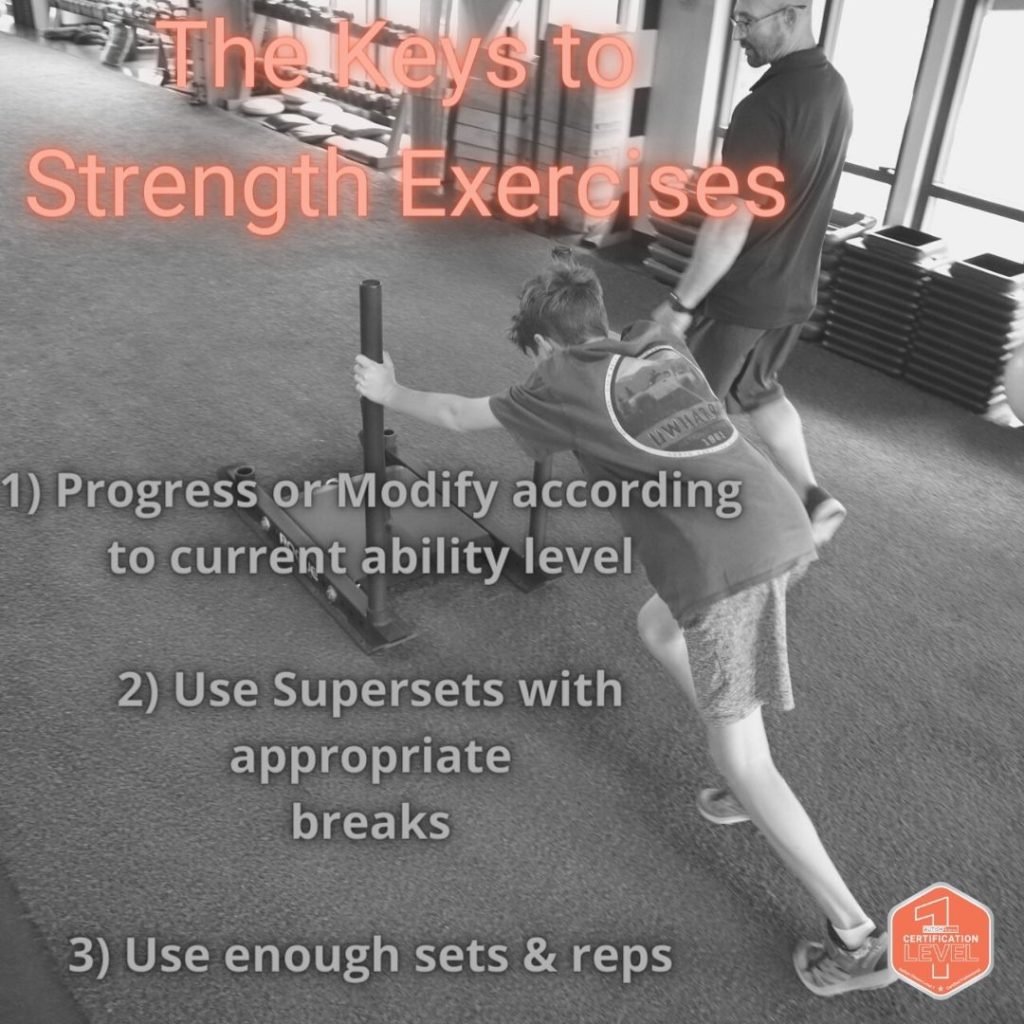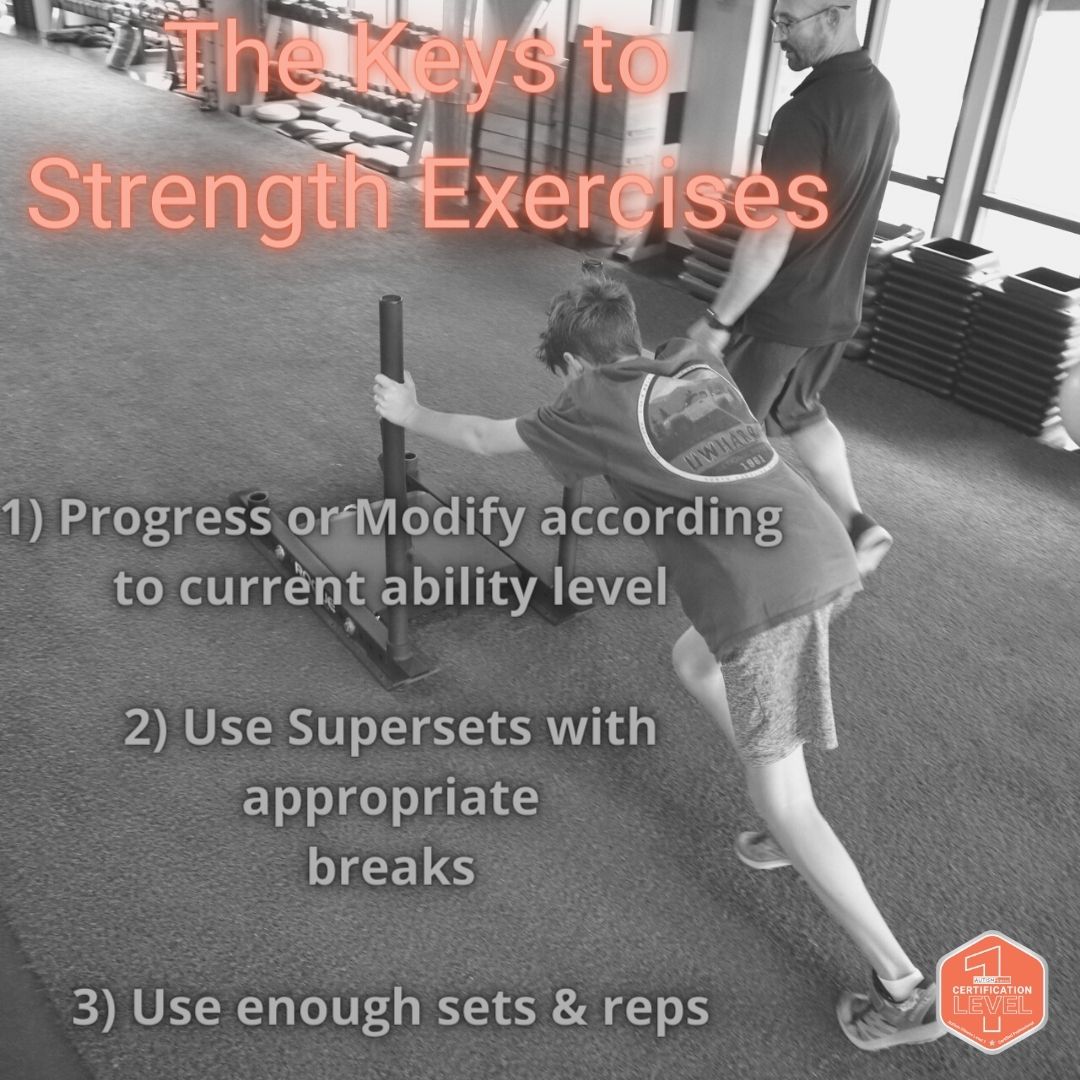How Fitness Programs for Children, Teens, and Adults with Autism Can Improve Movement Skills
Motor control is a big deal for our #autism and #neurodiverse athletes. If we’re not coaching our athlete(s) through a full range of motion with sufficient guidance or prompting, the exercise will lose efficacy.
So how does autism affect motor planning? What is motor control and why is it important for independence throughout a lifetime?
The underlying foundation of movement is strength. Yes, strength. Not maximal strength (let’s pick up a giant boulder), but the ability to control the limbs through a safe and healthy pattern without compensation or movement dysfunction. For children, teens, and adults with ASD, both neuromuscular and muscular complications can interfere with healthy movement development.

For many individuals with ASD and other neurodiversities, motor control is inhibited by the neuromuscular system. This being the case, our primary goal should (yes, should) be to increase strength through the full range of motion to build a base for better quality movement. Decreased myelination in the neuro sheaths of some individuals with autism lead to difficulties in both motor control and movement sequencing.
In addition to neuromuscular complications, those with autism are often not robust physical play-seekers in early childhood. Reduced engagement in both structured and unstructured gross motor activities, AKA, “playground skills,” can lead to developmental delays that persist in adulthood. These can result in postural issues, strength deficits, and, most meaningfully, the ability to independently perform daily life skills, or activities of daily living (ADLs).
That strength training is rarely a protocol for the autism population leaves out a significant intervention for both motor control dysfunction and personal development. Personal development here being regarded as any process that improves independence and quality of life.
General strength training for autism and neurodiverse individuals can improve coordination, endurance, motor planning, and has generalization, or carryover, to many of our most common daily activities.
It may not seem an immediate connection, however participation in a well-structured strength and fitness program can improve sitting/standing, climbing/descending stairs, carrying groceries and laundry, taking out the trash, and many other skills we often overlook or consider a “given.”
Compensatory movement is when we perform a physical task (exercise or activity), however there is limited or excessive movement taking the place of healthy strength and stability. Compensatory movement in the autism and neurodiverse population is not an immediate risk, however over time can inhibit everyday movements.
The best way to counteract and even prevent movement dysfunction for the ASD and neurodiverse population is through fitness and strengthening programs that meet their physical, adaptive, and cognitive needs. While there are multiple aspects of physical ability; endurance, flexibility, mobility, coordination, the hub by which all operate is strength.
Motor planning, and by extension (pun slightly intended) motor control make a difference in optimal development and quality of life for the autism and neurodiverse population. Whether we are discussing children, teens, or adults, these are physical qualities that have direct connection to independence and self-efficacy. Strength training is a way to provide our ASD and neurodiverse athletes with more opportunities.
Eric Chessen, M.S., Founder of Autism Fitness
